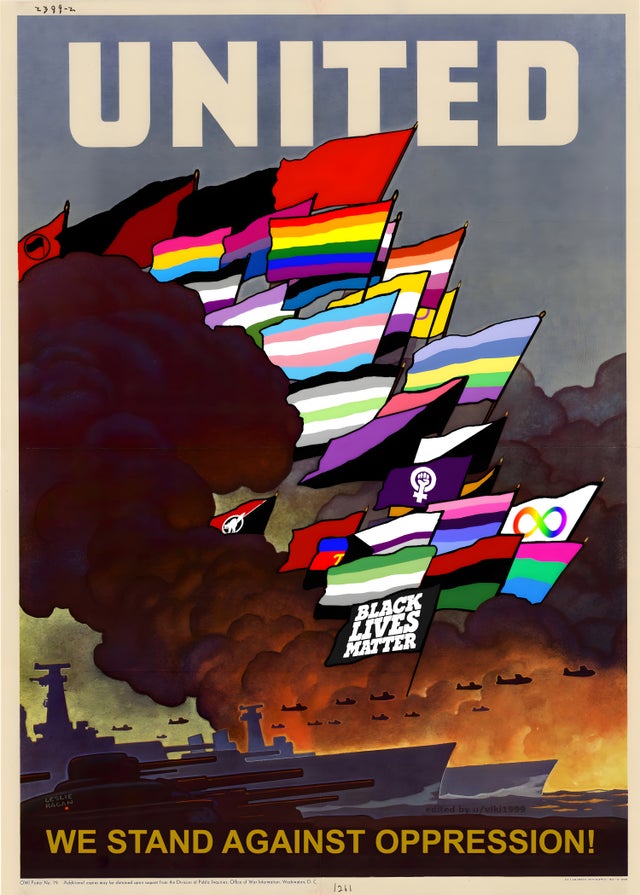(3 minute read)
I'm trying to provide historical justification for my alternate history world – 1, 2, 3, 4, 5 – I say 'alternate history' but I really only designed an alternate present, and now have to fill in the history.
Overview
A tribal social structure existed all over the world – most of precolonial North America, the Tiv and Igbo, the Bedouin, the Celts, the Germanic tribes, the Eurasian nomads – many other cases, essentially universal – and what if that remained the social structure amid 21st century technology, instead of states being the predominant form?
Terran history: Crises weaken states
The Roman Empire was the most powerful state, and then it fell from The Crisis of the Third Century. Wikipedia says, "The Antonine Plague that preceded the Crisis of the Third Century sapped manpower from Roman armies and proved disastrous for the Roman economy.... From 249 to 262, the Plague of Cyprian devastated the Roman Empire to such a degree that some cities, such as the city of Alexandria, experienced a 62% decline in population." There were plagues and crop failures, and Rome fell, and tribal barbarians were also hit, but less strongly so, and ended up conquering Italy.

That's a map of 476, of the end of the crisis. Syagrius is a Roman remnant (a Romnant har har). Franks are on Roman Law. Apart from the Eastern Roman Empire, most other places are tribal confederacies. But straight after this map, Francia goes on an expansionist rampage, including the French conquest of Britain in 1066.

That's a map of 800 AD. See how Rome's children have reconquered a lot?
My worldbuilding goal is that the Celts, Goths, Suebi etc. are the guys who end up with good ships+good guns in the 1400s. That's the trick to winning the world: good ships+good guns in the 1400s.
Wikipedia on the Migration Period says: "The collapse of centralized control severely weakened the sense of Roman identity in the provinces....Ultimately, the Germanic groups in the Western Roman Empire were accommodated without "dispossessing or overturning indigenous society", and they maintained a structured and hierarchical (but attenuated) form of Roman administration..." [so my alternate history would have to hit Rome even harder than that] "...In contrast, in the east, Slavic tribes maintained a more "spartan and egalitarian" existence bound to the land "even in times when they took their part in plundering Roman provinces". Their organizational models were not Roman, and their leaders were not normally dependent on Roman gold for success" – the theme here is how adverse conditions, particularly plague and climate conditions that disrupt routine agriculture, give a competitive advantage to people who live a more resourceful, less civilised existence.
Much later, the Crisis of the late Middle Ages also followed a big plague, and it led to working class revolts. It's worth mentioning that the tribal areas of Europe, like the Basques and the Gaels, suffered less under the Black Death.
James C. Scott
Some themes in the work of James C. Scott
-
His book Against the Grain argues as follows: grain-based agriculture is predictable, plannable, legible, so it leads to centralised power and centralised states. Hunter-foragers eat diverse unpredictable food and can't be taxed. The first states appeared in Mesopotamia when wheat was domesticated. It's not about abundance (forests are more abundant than wheat fields), it's about predictability/plannability/legibility-to-a-statist-bureaucracy. It follows that crop failures (e.g. caused by the dust of a volcanic eruption, or by solar cycles) would weaken states and shift the balance of power to Zomian-type peoples.
-
His book The Art of Not Being Governed argues as follows: non-state societies are a phenomenon on the fringes, fleeing the evils of centralized states. And he often mentions epidemics as being one of the evils they flee. It follows that epidemics would weaken states and shift the balance of power to Zomian-type peoples.
The material effects of a plague
If I add another crisis like the 3rd century and the 14th century, say in the 1st century.... then Rome remains weaker, Rome only partly takes Gaul and Britain. When Rome falls in the mid 400s, the Franks and the Byzantines and other people who are on the Roman system do persist (same as Terra) but weaker. They are less successful in expanding up to 800. In 1066, they may take England, but reverse the outcome of the 1277-1283 England-Wales war (so Wales wins) and the 1296-1357 Scottish wars (Scotland wins).
Europe was able to really really pull ahead because it navigated both the Atlantic and the coast of Africa in the 1490s. It opened up the world to extractive exploitation. But what if instead, the Europeans who did this were on a mutual-aid mode of production? They open up the world to mutual aid, including martial.
Celts and Suebi from Europe's Western fringe are in conflict with Imperialist European enemies like the Franks and the Byzantines. They meet Mayan Tlaxcalan who are having a similar conflict with the Imperialist Aztecs. Together they ally and crush their enemies. This concludes the Middle Ages, the Modern Period then starts, but under a mutual-aid mode of production.

yes plague
if you want the visigothic kingdom to survive i think the easiest way is for them to beat the Umayyads or if you see the kingdom of asturias as a visigothic successor then it just needs to not split up